I recently picked up an iBasso DX80 and decided to do a bit of a test with the available DAPs/DACs that I have at my disposal. I’m not exactly a collector but have ended up with a few, so this was a way for me to test the DX80 and decide about whether to sell some of the others, and I’d thought I’d post my impressions here in case it’s of use to anyone considering picking up one of these DAPs. So we have:
- iBasso DX80. Only about 5 hours burn in time (because I’m inpatient like that)
- Cowon Plenue D
- Cowon J3
- Cowon S9

DAC test:
- DX80 DAC function and Fiio Olympus 2-E10K for comparison
Previous DAPs/DAC I’ve owned:
I’ve previously had a Fiio X3II, which I ran through a Fiio E17K DAC/Amp, and an Audioquest Dragonfly Black, but I wasn’t really sold on the sound. Pity I didn’t keep the Fiio E17K for a bit of a test with these though. I also had a Cowon iAudio E2 – great sound from a little highly portable menu-less piece.
Testing:
All testing was done without EQ, with the Sharp Roll-off setting and low gain on the DX80, and with low gain and bass switch off for the Fiio Olympus 2-E10K. Latest firmware versions for all DAPs.
Headphones used in this comparison:
- Sennheiser HD380Pro
- Sennheiser Momentum 2 over-ears
- Sennheiser Momentum 1 on-ears
The Sennheiser 380Pros were the main headphones used for comparisons, as I think overall these have the flattest presentation of these sets. The Momentum 2’s are my go-to headphone, so later I used these and the Momentum 1’s for comparing the DX80 and Plenue D in more detail and with EQ options.
Level matching was done using an iPhone with a decibel meter and placing the 380s near the mic, then switching the jack between players while playing the same A-B section of one song, to get a solid 85-86 dB from each. Maybe a little crude, but the only technique for level matching I have, and I think is a realistic comparison of how you actually use a player anyway.
For this test I chose a range of styles, but all the kind of music that I’m actually going to play on a regular basis, and all in 44 KHz FLAC format. I’m a huge metal fan and really want a player to be able to respond well to busy, flat out music that needs precision and clarity:
- Clavicula Salomonis, Darkend: https://darkend.bandcamp.com/track/clavicula-salomonis. Black metal. Heavy, with some real flat out double bass drumming; precisely the kind of thing that just sounds ‘loud’ and fatiguing with some players
- In Yumen - Xibalba, Rotting Christ: https://rottingchrist.bandcamp.com/track/in-yumen-xibalba. If you’ve never heard of Rotting Christ they play kind of esoteric, tribal-ish metal, but with a real rocky vibe. This song has multiple sections, starting slow, going through tremolo picked verse sections and into a half time rocky chorus, plus guitar solo. A good varied test.
- Disembodiment – Shade Empire: https://candlelightrecordsuk.bandcamp.com/track/disembodiment. At 13:00 this is a miniature symphony. Orchestral metal with multiple changing sections from light, detailed mellow parts to heavy with a steady solid beat, plus electronica thrown in for good measure.
- Corrosion Juncture – Stömb: https://stomb.bandcamp.com/track/corrosion-juncture. A really well recorded album, great black background, guitar tone and drum details. A “djent” band for lack of a better word. So this song has deep crunchy guitars, but also a high pitched guitar line in the “chorus” that could be grating or overwhelming through a player with poor presentation of treble, so this was a “potentially annoying treble” test.
- Wardruna – Solringen: https://youtu.be/KuwpQc6Diqs. Nordic folk, very earthy with plenty of organic sounding instruments and both male and female vocals.
- Others: Neoclassical, dubstep, orchestral metal: Truth Will Prevail, Chaostar: https://chaostar.bandcamp.com/track/truth-will-prevail; I Am.. The Assassin of the Gods, Chaostar: https://youtu.be/cKCw4rRcNCA; The Vampire from Nazareth, Septic Flesh: https://septicflesh.bandcamp.com/track/the-vampire-from-nazareth.
Gapless playback test: Uneven Structure, Februus album:
http://music.basickrecords.com/album/februus. Basically an album-length piece of music divided intro tracks, where one track flows seamlessly into another.
Impressions:
Hard-hitting, busy metal songs/sections:
S9 vs J3:
The J3 is slightly more resolving than the S9. Weirdly, depending on the track the J3 would seem like it had more bass, e.g. Clavicula Salomonis, but at other times the S9 would, e.g. In Yumen – Xibalba. Similarly, the solo in In Yumen – Xibalba felt ‘tinnier’ on the J3 than S9, but in other parts of the song the J3 was notably clearer in presentation than the S9. Overall they’re very similar and there’s not much difference between them apart from a bit of extra separation with the J3.
J3/S9 vs Plenue D:
Surprisingly, there’s not as much separating the J3 from the Plenue D here as I expected. Overall the Plenue D definitely has a greater feeling of space and more separation between instruments than the J3, but the J3 holds up well.

Cowons vs DX80:
The DX80 has even more separation between instruments than any of the Cowon players (a finding across all the songs, below), and greater clarity of little details like drum rolls.
 Bass presentation
Bass presentation:
The DX80 seems more bottom heavy than the Plenue D/J3/S9 but there’s something missing; sometimes it felt like the bass didn’t extend as deep down, at other times it felt like the bass went even deeper than the Plenue D. Perhaps the bass just doesn’t quite hit you as much, or it may depend on song context, e.g. the difference between a busy section and something like Corrosion Junction where the guitars are a touch slower. The Cowons seem to have a slightly more controlled punchy bass, where the DX80 can come across as more bottom heavy in places, but – for me at least – seemed to be lacking the same driving power in the more flat out sections. The bass is “there”, you can hear it, but it doesn’t drive into you the same way you might want it if you want heavy to really hit you as
heavy.
Treble:
On Corrosion Juncture – my “potentially annoying treble” test – the DX80 was less trebly than the others in a good way. The Plenue D has less prominent/irritating treble than the S9 or J3 and I think would be less fatiguing over long durations.
Other aspects of presentation:
One thing I noticed with the DX80 in sections where music would “pull back”, i.e. coming off the end of a busy, heavy section into a quieter segment, is that the sound would “feel” like there was a greater drop-off. I had this feeling at multiple points and couldn’t quite pinpoint it – it certainly didn’t seem to be an artifact where the DX80 was set louder, so the drop off was a greater “real” difference in decibels; more that the pull-back
felt like a greater drop and therefore had more impact. It made these sections seem more dynamic and musical - and therefore also more dynamic when things picked up again.
Slower sections, orchestral pieces:
There’s definite gradient in the ability of the players to resolve and present the individual details of the instruments, where DX80 tops them, then DX80 > Plenue D > J3 > S9. Particularly where there are multiple instruments or harmonised vocals with the DX80 you can make out the individual singers or details in the instruments with a clarity that isn’t the same on the Cowons, as well as small details. The Plenue D does do well, but across multiple tracks I consistently felt more space with the DX80. There’s also this feeling that the DX80 presents the detail as being right there in your head without so much, I don’t know, “effort” required from the listener. In the long term this seems like the kind of presentation that will be perfect for long listening sessions with little fatigue.
Gapless test:
DX80: Slight break between “Awe” and “Quittance” that breaks the flow for just that vital split second. Detail is fantastic, but without the true gapless there’s a real loss in the music. The second to last song in the album builds towards the last track “Finale”, and there’s a seamless transition in the songwriting, but the DX80 has a little jump of maybe 0.3-0.5 seconds that just manages to spoil the moment. I check again to see if “Gapless” is on – it is. I try with Gapless off to see what happens, and sure the Gapless off has a slightly longer space in between tracks, maybe 0.8 seconds, but there’s no doubt it isn’t a smooth transition even with it on. The difference between Gapless on or off is really minimal here.
J3: The transition to “Finale” is flawless - at least for the first few seconds of the track, then there’s a break which I notice coincides with the artwork refreshing, so I try playing it back again with the screen off. Now it’s perfect.
S9: The S9 manages gapless even with the screen on.
Plenue D: True gapless, even with screen on and artwork showing.
DAC test:
DX80 DAC function vs Fiio Olympus 2-E10K
In all honesty both of these good DACs, I’ve listened to plenty of music and movies via the Fiio. Voices are a bit more balanced and natural with the DX80 – the Fiio has an overall bassier presentation, even with the bass off. The same with music: the Fiio is bassier, but does have a nice smooth sound. Both have excellent black backgrounds. I got the Fiio for only $100 NZD and it’s a great buy. The DX80 does have more resolution and detail, but it’s five times that price. Overall the DX80 sounds and operates just as well as a DAC as it does a DAP from my testing. One thing is you have to turn on the DX80 first and then select USB settings and put it on DAC mode before connecting (shown in picture below), or it will default to opening up the SD card memory as a USB connection. (Maybe there’s a way to change this, but I haven’t found it).
Headphone comparison:
The above comparisons were all done with the 380 Pros. I’ve heard everyone in Hi Fi forums etc talk about needing to find a good match between DAP and Headphones. In all honesty in my experience thus far I’ve generally found that the better the headphone, the better it sounds regardless of the DAP. But here things got a little interesting: the Momentum 2’s have always been my go-to headphone with the Cowon players and also my previous Fiio X3II. But here I felt at times that the 380 Pros seemed a better match with the DX80, at least without EQ. The Momentum 1 on-ear’s I’d had sitting around for a while without using them, so was really surprised at just how much punch the bass had, even compared to the Momentum 2 over-ears. They even brought the bass out punchier and more intense in the DX80. Pity is I’d just sold these headphones and posted them off the next day (that’ll learn me, selling my audio gear just when it could be handy!). But of course, on-ear headphones just don’t have the same space and a more in-your-face presentation of music. Once I got into EQing the music, the Momentum 2 over-ears came alive a bit more with the DX80.
 Summary
Summary:
S9 & J3:
Overall I was really impressed with how well the S9 and J3 held out, especially since were both released some time ago now (the S9 in 2008 and J3 in 2010 I think). Both also have Bluetooth, which the Plenue D and DX80 don’t, and both have the ability to alter playback speed (and pitch correct so it doesn’t sound too low when slowed down, etc). I’m a drummer and this is a very handy feature for figuring out what someone’s playing in fast drum lines. Sure you can do that on a computer, but really handy while you’re sitting at a kit to pick up the S9 or J3 and play something slow so you can figure it out right there and then.
Funnily going into this I had this impression that the S9 had a slightly warmer, more organic sound, than the J3. But now I’m thinking maybe I had this feeling because the J3 has slightly more space and separation between instruments, which could maybe make it feel more "clinical". After playing A-B sections of tracks I’m not hearing the warmer/colder impression I had any more. I think after this I’ll be keeping the J3, as it has an SD card slot (my S9 is only 4 GB) and longer battery life.
Battery life:
The S9, J3 and Plenue D have the famous battery life Cowon is/was famous for – approx. 55 hours or so for the J3 and approx. 100 hours for the Plenue D. The only time I’ve run the battery down on the Plenue D was when I first got it and had ‘Sleep’ mode turned on – it doesn’t fully turn off and slowly drains the battery, so I went back a few weeks later, tried to start it up and nothing. Now with it off I don’t even know how long the battery lasts: I’ve connected it to a PC to transfer newly purchased music without it ever running out. Sadly, the more expensive Plenue’s (M2, 1, etc.) are lacking this and have battery lives approximately the same as most other Hi-Fi DAPs out there.
DX80:
The DX80 definitely has a greater resolution, noticeably a step up from the Plenue D. But the DX80 doesn’t seem to have any way to lock the buttons – with the Plenue D, J3 and S9 you can lock controls, throw it in your pocket and not worry. But the DX80 can suddenly stop if you accidentally hit the play/pause button while walking around. On the other hand as a mark against the Plenue D one thing I realized while testing is that there’s no real way to set the Plenue D to permanently on. After listening to a song on the other DAPs, I’d switch back and have to start the Plenue D up again, wait for it to go through a database update (which you also can’t turn off) and then play. With the DX80 it would just sit there with a black screen, look completely turned off: hit play and it’s straight into action. In real life use probably means that if you’re interrupted for a while, going straight back to where you left off is so much easier.
Considering the perfect gapless with the J3 and S9 (and Plenue D) it’s annoying the DX80 can’t do true gapless – it’s always disappointing when new technology goes backwards. I seem to remember this was also one of the reasons I sold off the Fiio X3II.
What now?
So, after all this I’m a bit torn. I was thinking the DX80 would be an upgrade from the Plenue D. In many ways it is: clarity and resolution, and has a great DAC function which the Plenue D doesn’t. I like the simple interface of the DX80 and “no extra crap you don’t need” approach to the design and UI (which you also have with the Plenue D). But the bass might take a bit of getting used to – don’t get me wrong it’s heavy and goes very deep, but just doesn’t quite hit me the same as the Cowons. That is one benefit of Cowon players – with JetEffect you can push things way beyond the limit. Some people hate EQ, but for me, when the music goes heavy I want it to be *heavy*. Plus, EQ means you’re less at the mercy of the particular headphone/IEM you have and can have greater control over the extent of bass. With Cowon you’re never left wanting for more EQ as it can go above and beyond what you’d ever be comfortable with. I can see how people had described the Plenue D as an upgrade to the J3; it’s got a similar but more resolved sound, and great portability and battery life.
But I’m thinking I may hold onto the DX80 and J3; simply because it would be handy to have at least one player with Bluetooth - the J3 - which also has the playback speed alteration I find handy, and if I really want to listen to an album requiring true gapless I’ll have a suitable DAP on hand.
I’m kicking myself a little for selling my previous Fiio E17K headphone amp last year as I’d love to hear how the DX80 sounds with a bit extra, or simply a different, bass filter than the EQ built into the DX80. I’d be keen to hear from anyone who’s paired a DX80 with a Headstage as I only ever hear good things about the sound from those amps. I’d also be keen to hear how a DX80 stacks up to an Astell & Kern player like the AK70 or AK300 if anyone has done directly comparisons.
Right, hope this is handy for someone out there, I'm off to listen some more









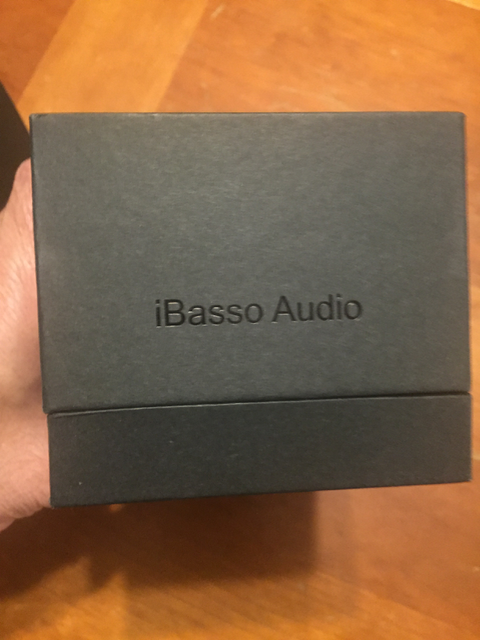

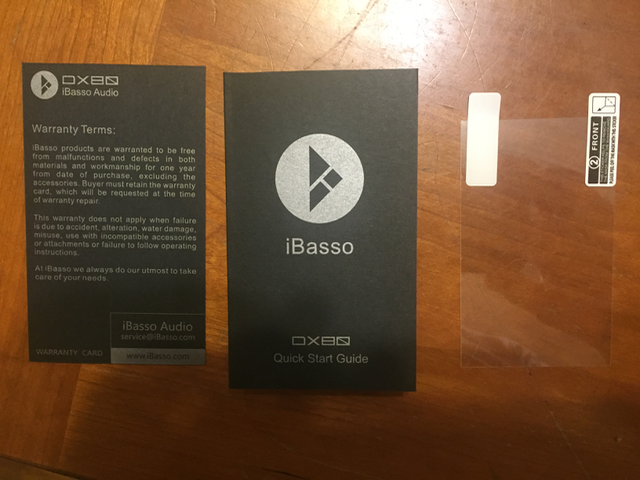
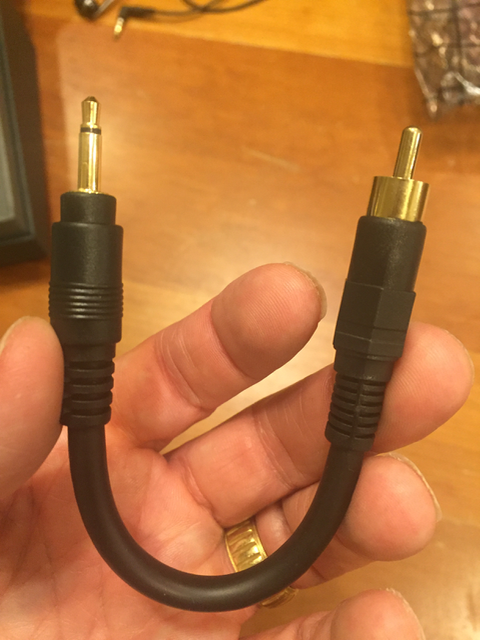

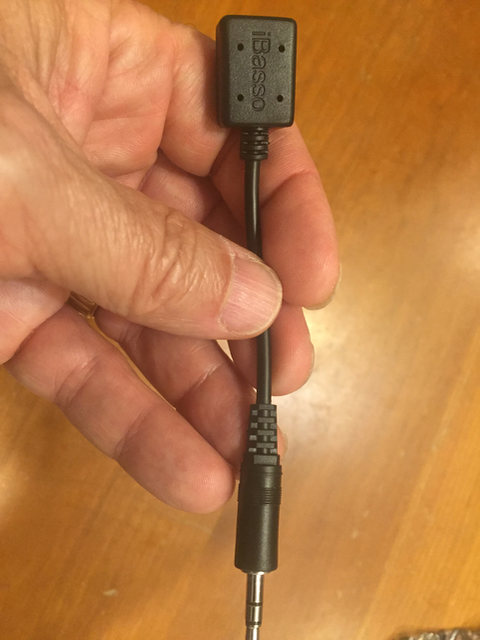

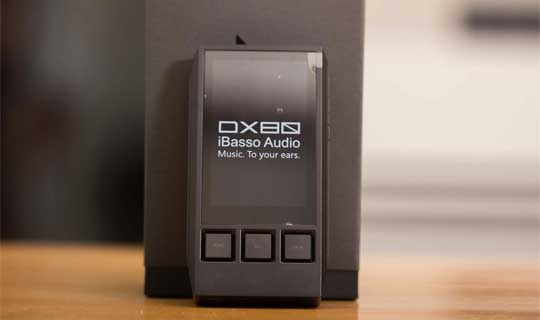

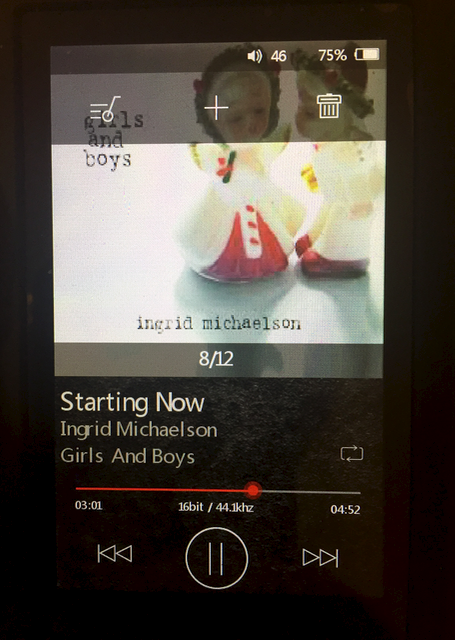
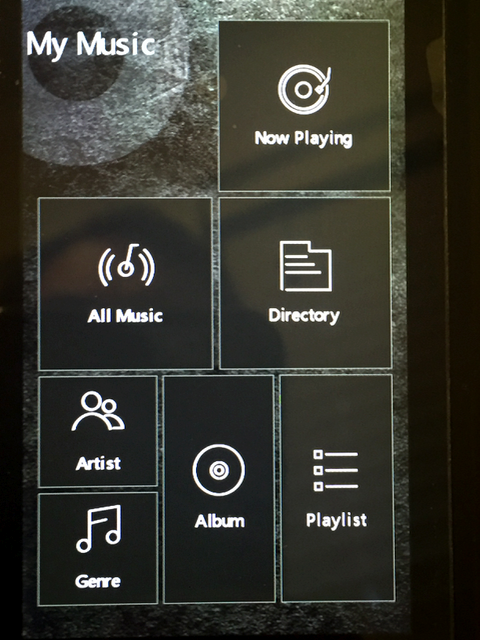


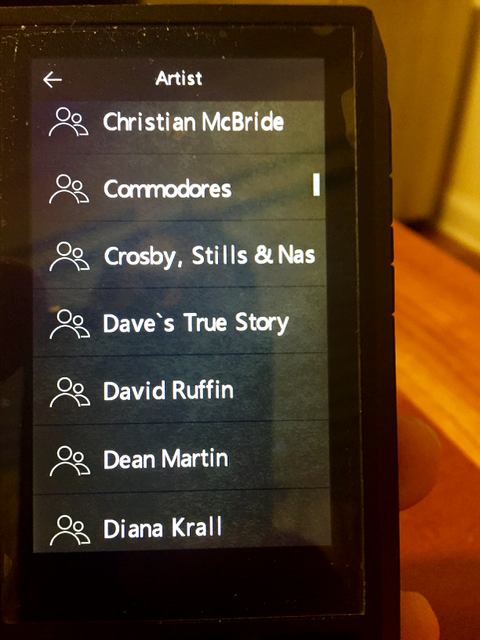
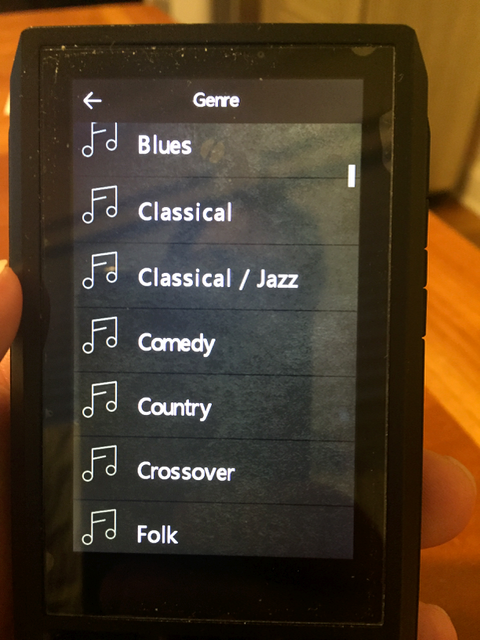


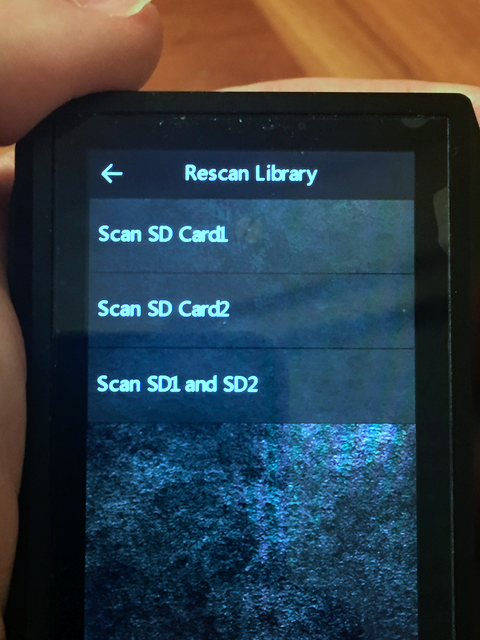
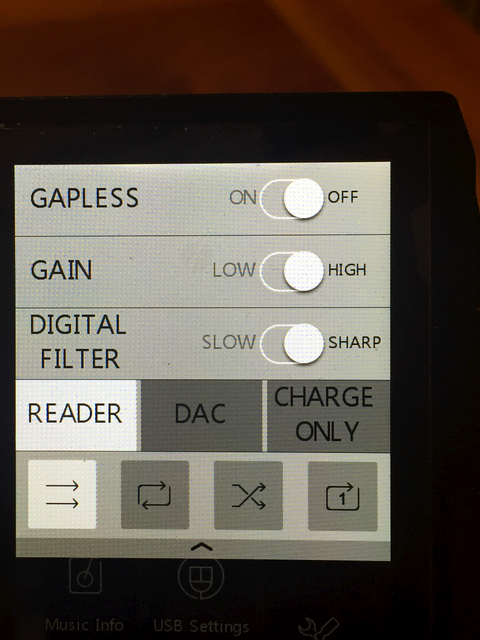
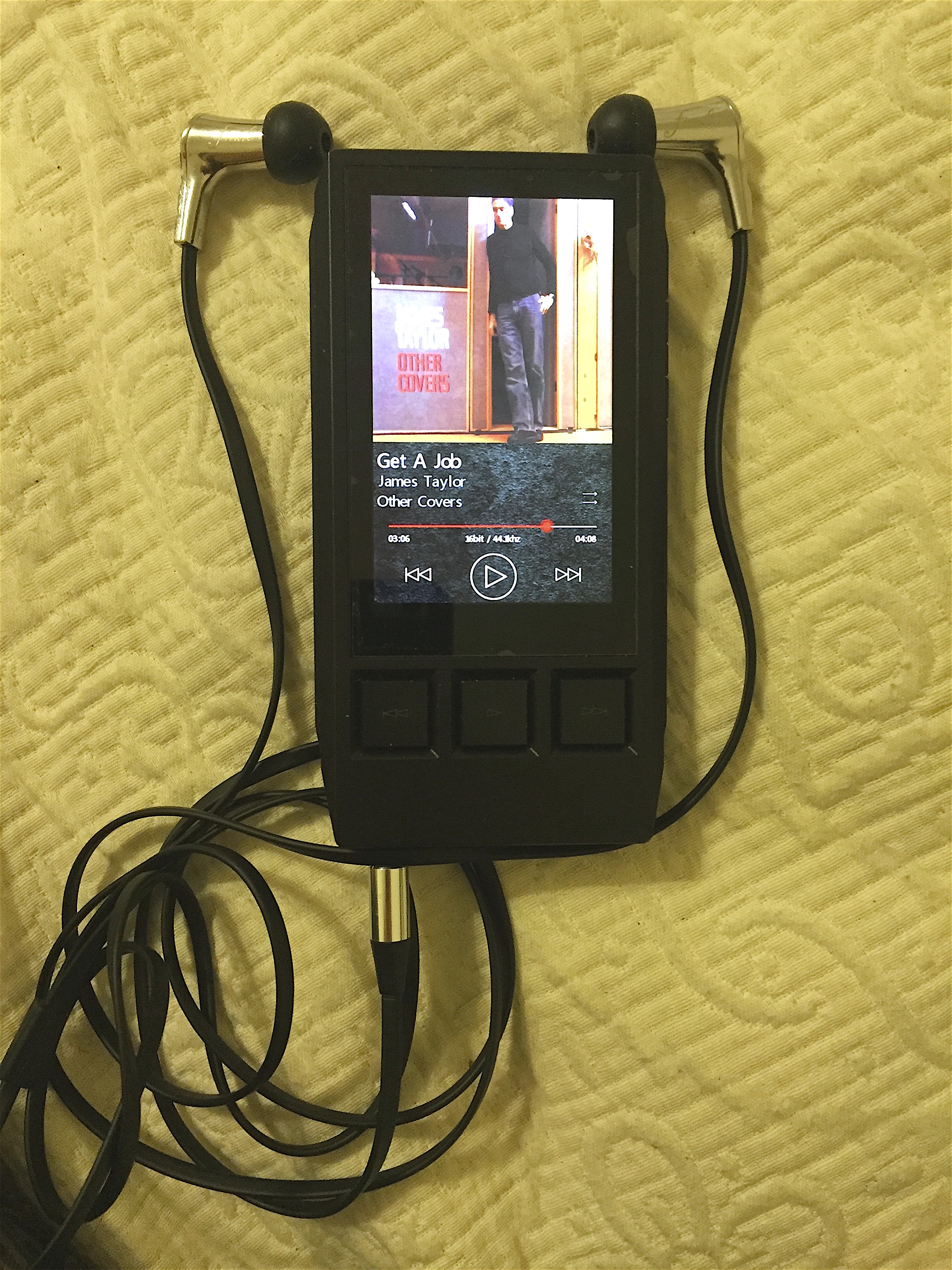

When you're playing something, or turn the player back on and start playing, and then go into the "now playing" menu to look at the songs in the album, etc. (e.g. in order to start back from the start of the album) often you find the track listing is all out of order. I don't know how this even happens, as the tracks I've got all have the number embedded in the file format, and have the numbering in the file name. But quite a few times I've found that the currently playing track appears as first in the album, with the next track second, etc. It's a weird little bug.